Mazda plans to strengthen Auto Alliance Thailand, its joint venture manufacturing base with Ford in Thailand, with an investment of 5 billion Thai baht ($148m), aiming to develop its facilities and become a regional manufacturing hub.
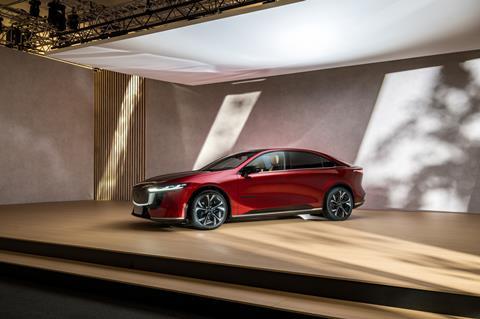
The OEM will leverage its existing supply chain in the region and grow its domestic sales and export base focused on Japan and the ASEAN market.
The cash injection will boost Mazda’s annual production of new compact SUVs to 100,000 units by “leveraging the strengths of the local supply chain that the company has cultivated to date,” according to the carmaker.
For the next two years, Mazda plans to introduce a total of five models, including two battery EVs, one plug-in hybrid and two hybrids.
“Mazda has built a strong business foundation in Thailand over the past 70 years with the support of many people including the Thai government,” said Masahiro Moro, president and CEO, Mazda. He added that the new EV models will meet the needs of customers in Thailand where electrification is progressing, and “strengthen the role of [Mazda’s] plant in Thailand to serve as a base for exporting compact vehicles mainly to Japan and the ASEAN market”.
Mazda has been growing strong export links between its Japanese base and key trade areas like China, Europe (mainly through the UK, Belgium and Barcelona) and ASEAN countries.
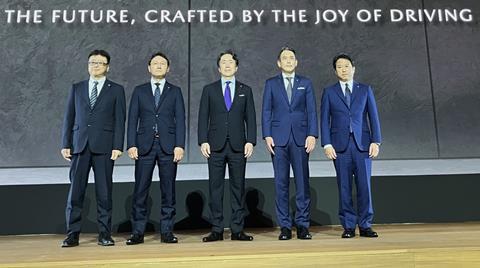
The OEM began direct imports to the UK through the port of Bristol in 2022, having previously imported into Europe via the Zeebrugge and Antwerp ports in Belgium and ports in Barcelona. Last month, Mazda’s joint venture with Chinese company Changan Automobile announced it would export its Mazda 6e to Europe in the face of EU tariffs on Chinese EV imports, using these same ports.
By importing through the UK, Chinese OEMs and Chinese JVs could skirt tariffs. In our first livestream of the year, Matthias Schmidt, European autos analyst and founder of Schmidt Automotive Research recently told Automotive Logistics: “Chinese OEMs are changing tack and focusing on non-EU markets, and by that we mean the UK. We expect that a trend going forward in 2025 is that Chinese OEMs will target the UK as that is navigating tariffs nicely for them.”
Automotive flows in Asia and across the ASEAN group has been boosted in part by the China Belt and Road Initiative (BRI), more commonly referred to as the New Silk Road. The project, formed in 2013, aims to create land and maritime networks across Central Asia, Russia, Europe and the Middle East. The BRI’s infrastructure investments and trade policies have improved regional connectivity, supply chain integration and logistics efficiency, particularly between China and the ASEAN market, and have also improved port infrastructure in Thailand, boosting FVL flows.
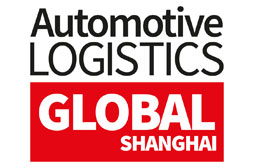





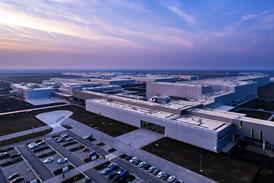







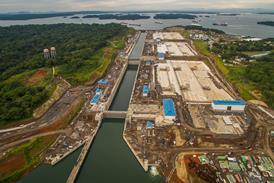








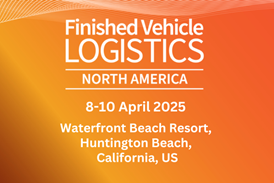

![Global[1]](https://d3n5uof8vony13.cloudfront.net/Pictures/web/a/d/s/global1_726550.svgz)
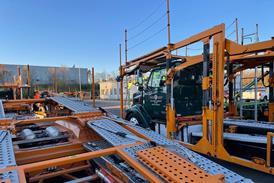
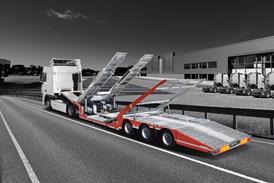
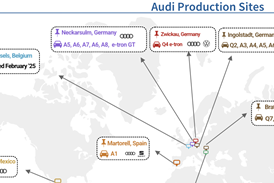

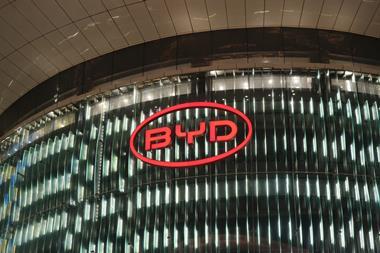
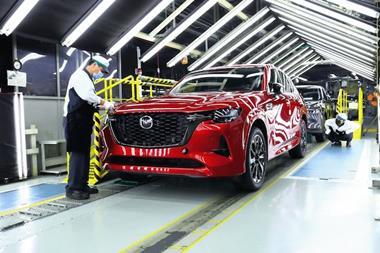
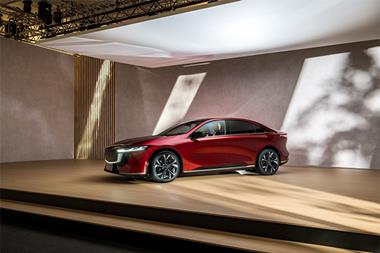

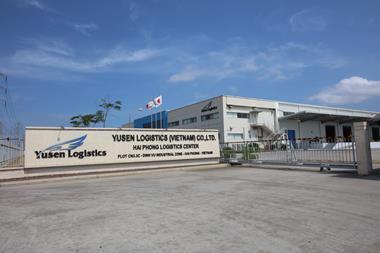
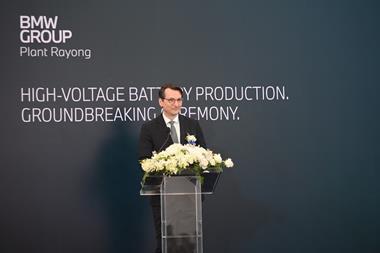



No comments yet